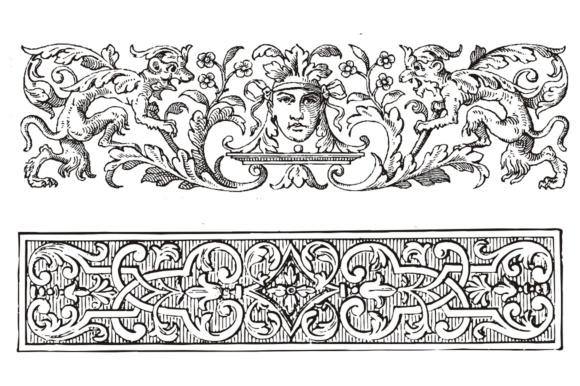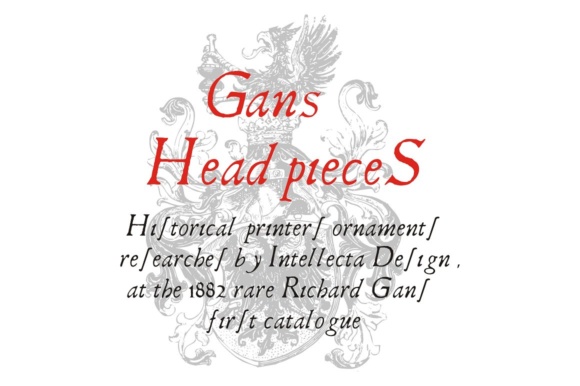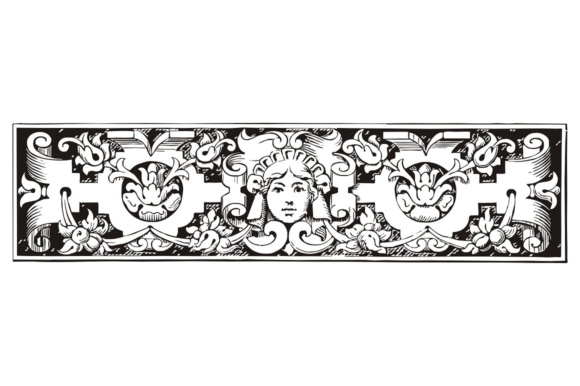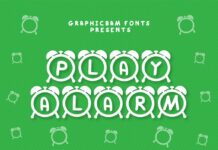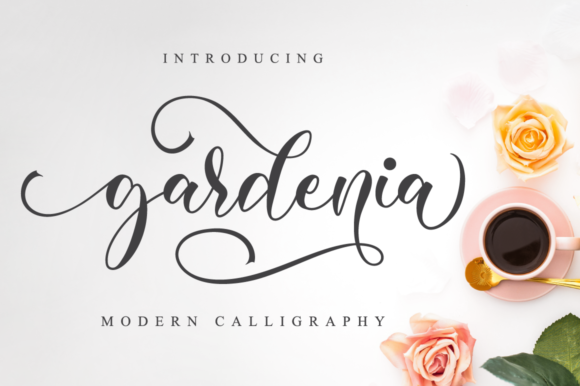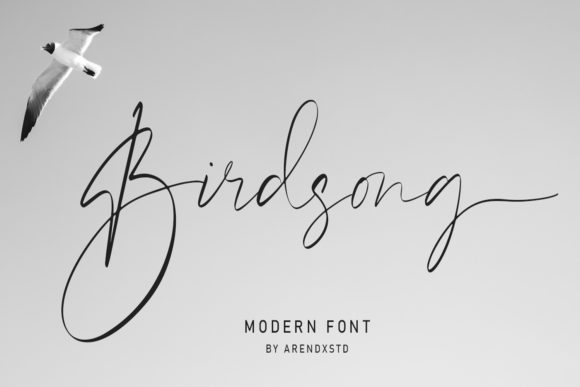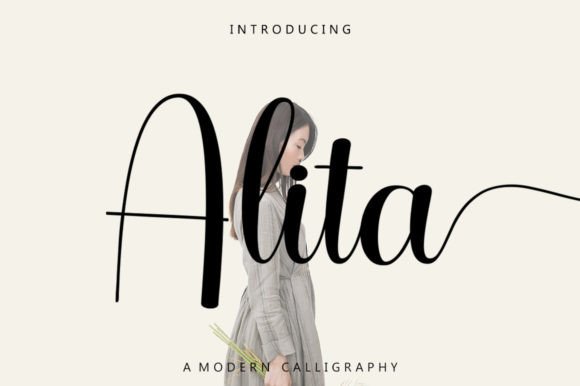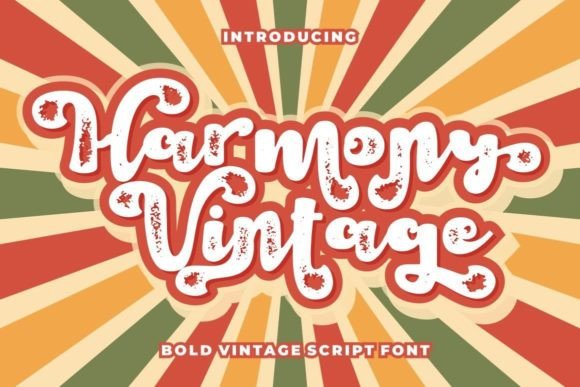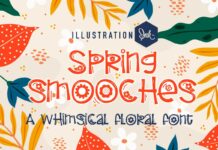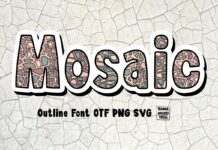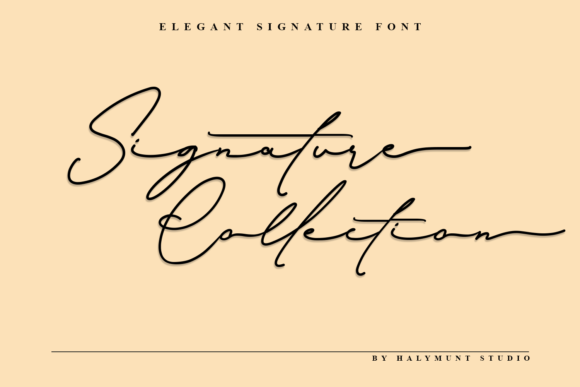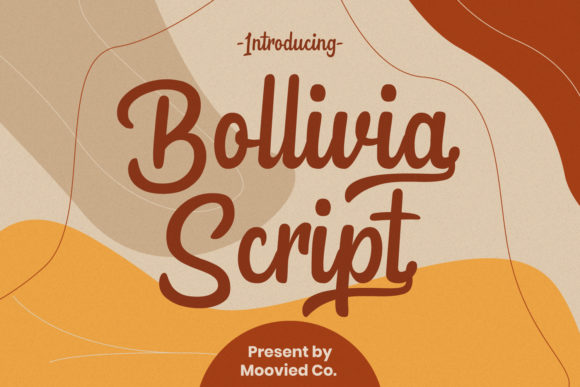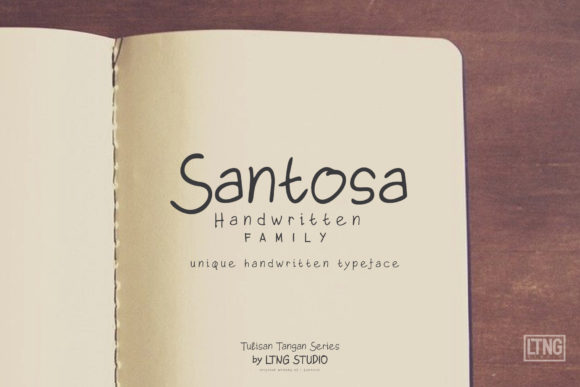About Gans Headpieces Font
The collection of historical printer ornaments researched by Intellecta Design offers a fascinating glimpse into the world of typography and design from the year 1882. These ornaments are sourced from Richard Gans’ first and rare catalogue, providing a valuable resource for designers interested in historical typography and ornamentation.
By delving into Richard Gans’ catalogue, Intellecta Design has meticulously researched and curated a collection of printer ornaments that capture the essence of typographic design from that era. These ornaments reflect the craftsmanship and attention to detail that was characteristic of printing practices in the late 19th century.
These historical printer ornaments can be a valuable asset for designers looking to add a touch of vintage charm and authenticity to their projects. Whether you’re working on a book layout, poster design, or any other creative endeavor, incorporating these ornaments can evoke a sense of nostalgia and historical significance.
The ornaments from Richard Gans’ catalogue are not only visually appealing but also carry a certain historical value. They provide a glimpse into the typography and design trends of the time, allowing designers to pay homage to the craftsmanship and artistic sensibilities of the past.
When using these historical printer ornaments, you have the opportunity to create designs that harken back to a specific era while still offering relevance and appeal in the present. These ornaments can be used to enhance headings, chapter titles, decorative borders, or any other element where an elegant and vintage touch is desired.
Intellecta Design’s research ensures that these ornaments are accurate representations of the originals found in Richard Gans’ catalogue. This attention to detail and authenticity ensures that designers can rely on these ornaments to create designs that truly capture the essence of the historical period.
In summary, the collection of historical printer ornaments researched by Intellecta Design, sourced from Richard Gans’ first and rare catalogue from 1882, offers a valuable resource for designers interested in the typography and design of that era. These ornaments provide an opportunity to incorporate vintage charm, historical authenticity, and a sense of nostalgia into contemporary design projects. By utilizing these ornaments, designers can pay homage to the craftsmanship and artistic sensibilities of the past while creating visually compelling and unique designs in the present.
